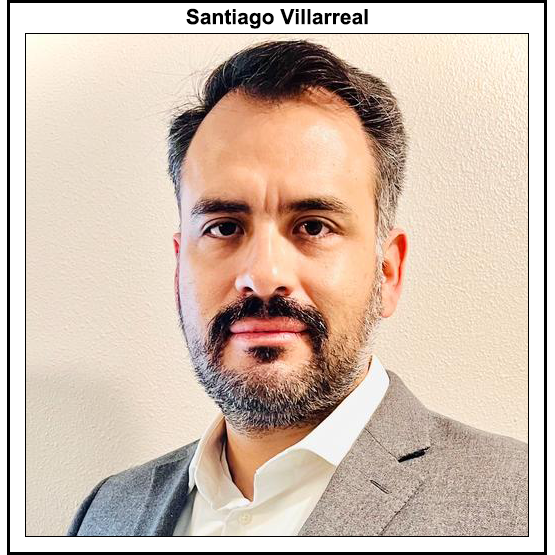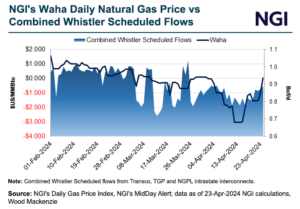“Buying gas in Mexico is easier now in the sense that you have more options to buy the molecule given that you have almost all the big vendors selling wholesale,” Santiago Villarreal Bravo, General Manager at GasCorp, told NGI’s Mexico GPI.
“There’s BP, there’s Shell, there’s Trafigura, for example, that are bringing a lot of gas to Mexico and they are selling to other smaller traders,” Villareal said in an interview at the 8th Mexico Infrastructure Project Forum in Monterrey, Mexico. “Currently, the Mexican market is working in two levels — wholesale, where the big and small traders with some big final users are — and retail, where the vast majority of the commercial and industrial final users are.”
Villarreal, who is based in Houston, has been with...



